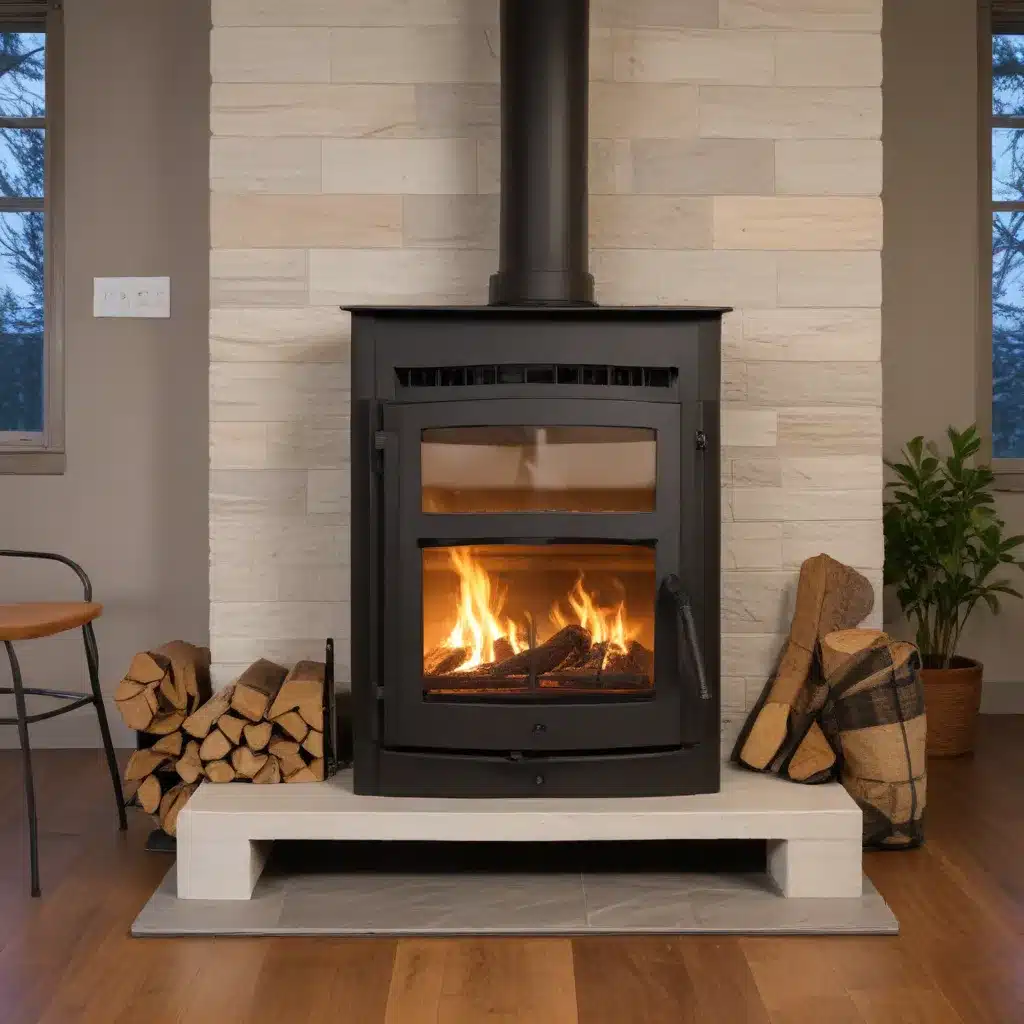
The Evolution of Residential Wood Heating: From Emissions to Efficiency
Over the past decades, the wood stove industry has undergone a remarkable transformation, driven by advancements in combustion technology and an increasing focus on environmental responsibility. As homeowners continue to rely on wood as a primary heating source, the need for cleaner, more efficient wood stoves has become paramount. This article will explore the journey of certified wood stoves, examining how the industry has responded to concerns over emissions, while ensuring wood heating remains a practical and sustainable option for homes across the country.
Addressing the Challenge of Wood Smoke Emissions
Residential wood smoke has long been recognized as a significant contributor to air pollution, with fine particulate matter (PM2.5) emissions from wood stoves posing a threat to public health. In the mid-1980s, growing concerns over the health impacts of wood smoke led to the development of the first national standards for residential wood heaters – the New Source Performance Standards (NSPS) for New Residential Wood Heaters.
The original 1988 NSPS regulation focused on adjustable burn rate wood stoves, establishing emission limits and testing requirements to reduce particulate matter emissions. This landmark legislation paved the way for the introduction of cleaner, more efficient wood stove models, marking a crucial step in mitigating the environmental impact of residential wood heating.
Technological Advancements and the Emergence of Certified Wood Stoves
Over the past three decades, wood stove manufacturers have invested heavily in research and development, leading to significant improvements in combustion technology. The emergence of certified wood stoves, which undergo rigorous testing and must meet stringent emission standards, has been a game-changer for the industry.
Certified wood stoves incorporate a range of advanced features that enhance combustion efficiency and reduce emissions, including:
- Improved Air-to-Fuel Ratio: Precise control of the air-to-fuel ratio ensures more complete combustion, minimizing the release of particulate matter and other pollutants.
- Enhanced Airflow and Turbulence: Innovative designs that promote better airflow and increased turbulence within the firebox result in more thorough combustion, leading to higher efficiency and lower emissions.
- Catalytic Combustors: The use of catalytic combustors helps to further reduce particulate matter emissions by facilitating the oxidation of unburned hydrocarbons.
- Advanced Heat Exchangers: Efficient heat exchangers transfer more of the wood’s energy into the living space, rather than allowing it to be lost up the chimney.
These technological advancements have enabled the development of wood stoves that not only meet the current NSPS emission limits, but also exceed them, setting new benchmarks for environmental performance.
The Expanding Scope of Wood Heating Regulations
The original 1988 NSPS regulation focused solely on adjustable burn rate wood stoves, leaving a significant gap in the regulation of other wood-burning appliances. In recent years, stakeholders have urged the Environmental Protection Agency (EPA) to expand the scope of the NSPS to address a wider range of residential wood heating devices, including single burn rate wood stoves, pellet stoves, hydronic heaters, and masonry heaters.
The proposed revisions to the NSPS, known as the “Residential Wood Heaters NSPS,” aim to address this gap by establishing emission limits and testing requirements for a broader range of wood-burning appliances. This comprehensive approach ensures that all residential wood heating devices meet consistent, nationwide standards, further reducing the environmental impact of wood smoke.
The Importance of Proper Wood Stove Installation and Maintenance
While the development of certified wood stoves has been a significant step forward, the proper installation and maintenance of these appliances is crucial to ensuring their optimal performance and environmental benefits. Homeowners must follow the manufacturer’s instructions carefully, ensuring that their wood stove is installed by a qualified professional and maintained according to the recommended guidelines.
Proper wood storage, seasoning, and burning techniques also play a vital role in minimizing emissions and maximizing efficiency. Burning wet or unseasoned wood can significantly increase particulate matter emissions and reduce the overall performance of the wood stove.
The Role of Changeout Programs and Consumer Education
In addition to the advancements in wood stove technology and the expansion of regulatory standards, many state and local governments have implemented wood stove changeout programs. These initiatives encourage homeowners to replace older, higher-emitting wood stoves with newer, cleaner-burning certified models, further reducing the environmental impact of residential wood heating.
Complementing these changeout programs, consumer education efforts have also been crucial in promoting the benefits of certified wood stoves and proper wood-burning practices. By raising awareness and providing homeowners with the knowledge they need to make informed choices, these educational initiatives help to drive the adoption of cleaner, more efficient wood heating solutions.
The Future of Residential Wood Heating: Balancing Needs and Impacts
As the wood stove industry continues to evolve, the challenge lies in striking a balance between the heating needs of homeowners and the environmental impact of residential wood smoke. The proposed revisions to the NSPS, coupled with ongoing technological advancements and consumer education efforts, represent a significant step towards a more sustainable future for residential wood heating.
By embracing certified wood stoves and prioritizing proper installation and maintenance, homeowners can enjoy the warmth and comfort of wood-fired heating while minimizing their environmental footprint. As the industry and regulatory landscape continue to evolve, the wood stove heating community must remain vigilant, adapting to new challenges and opportunities to ensure that wood heating remains a viable and responsible option for homes across the country.
To learn more about the latest developments in certified wood stoves and other high-efficiency heating solutions, visit https://woodstoveheaters.com/.


